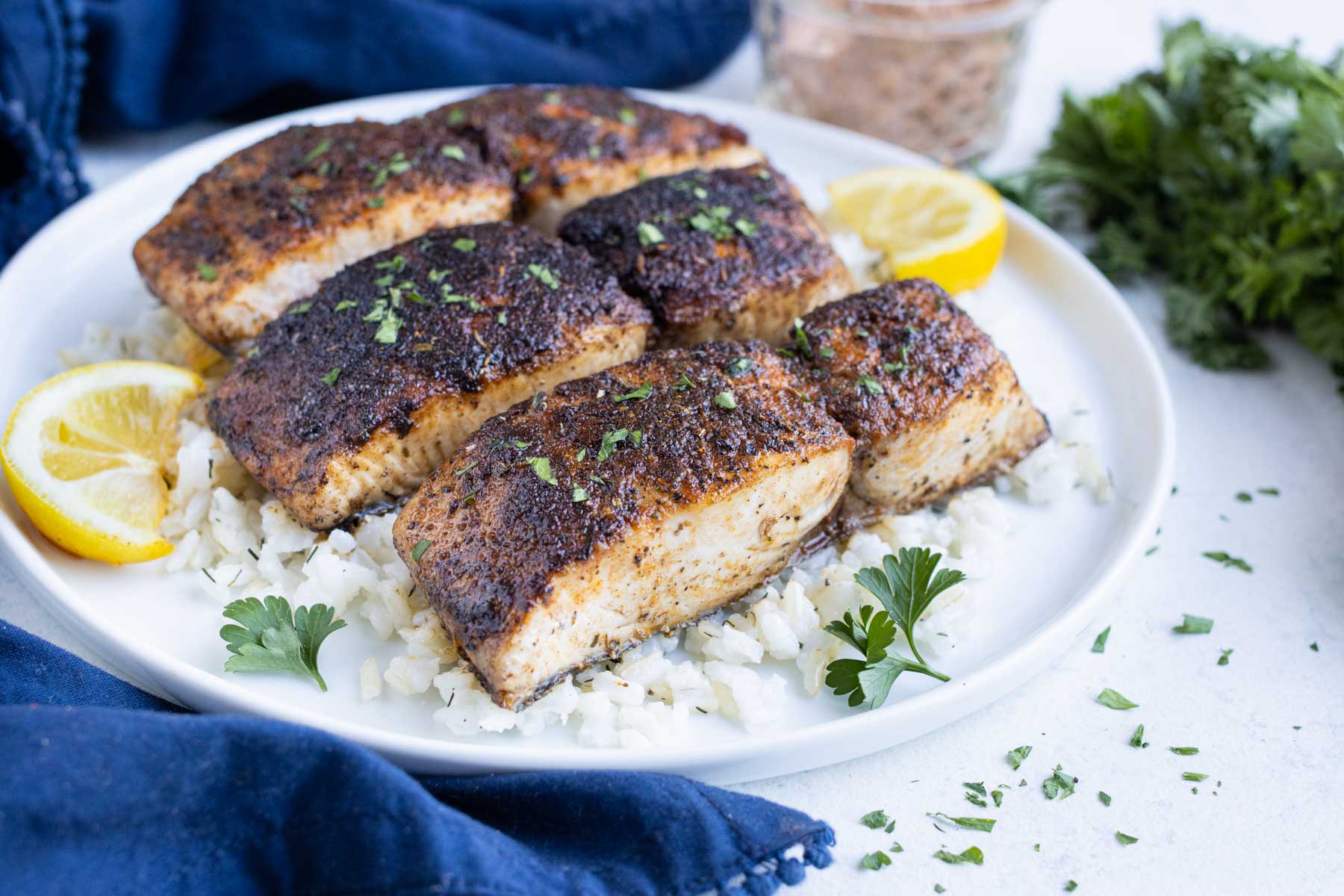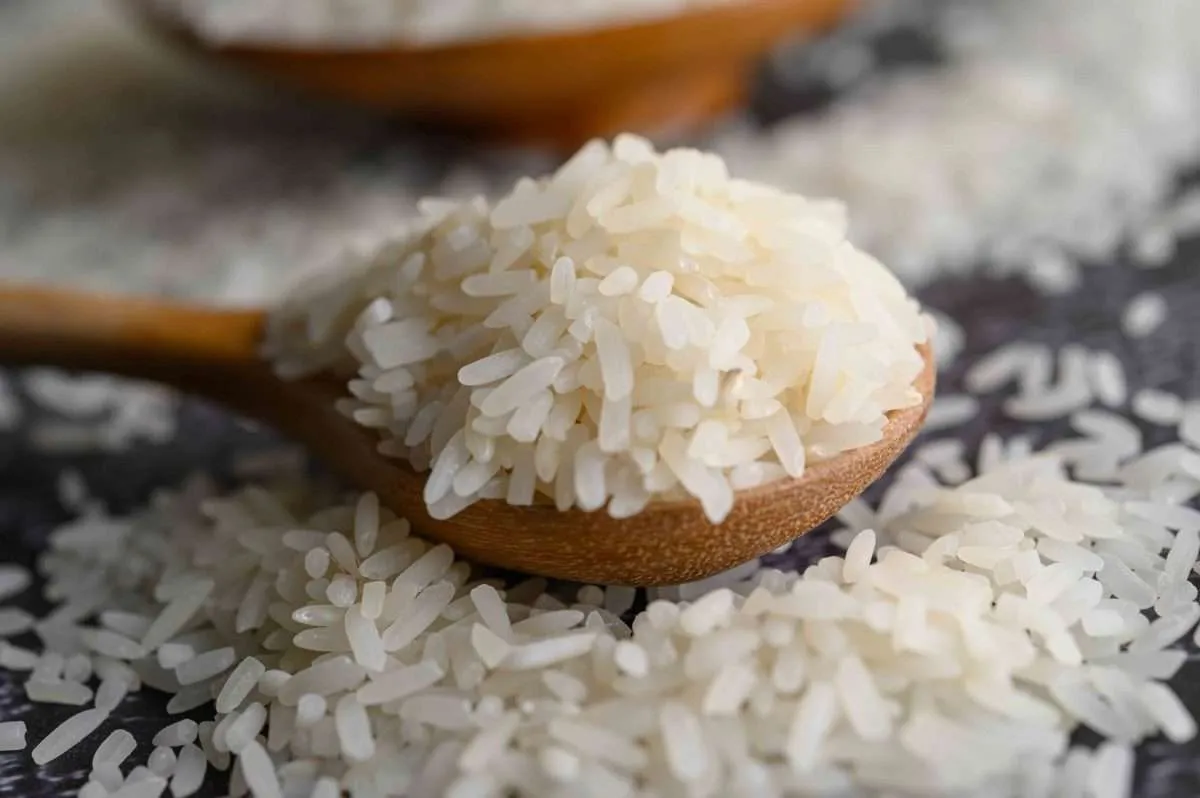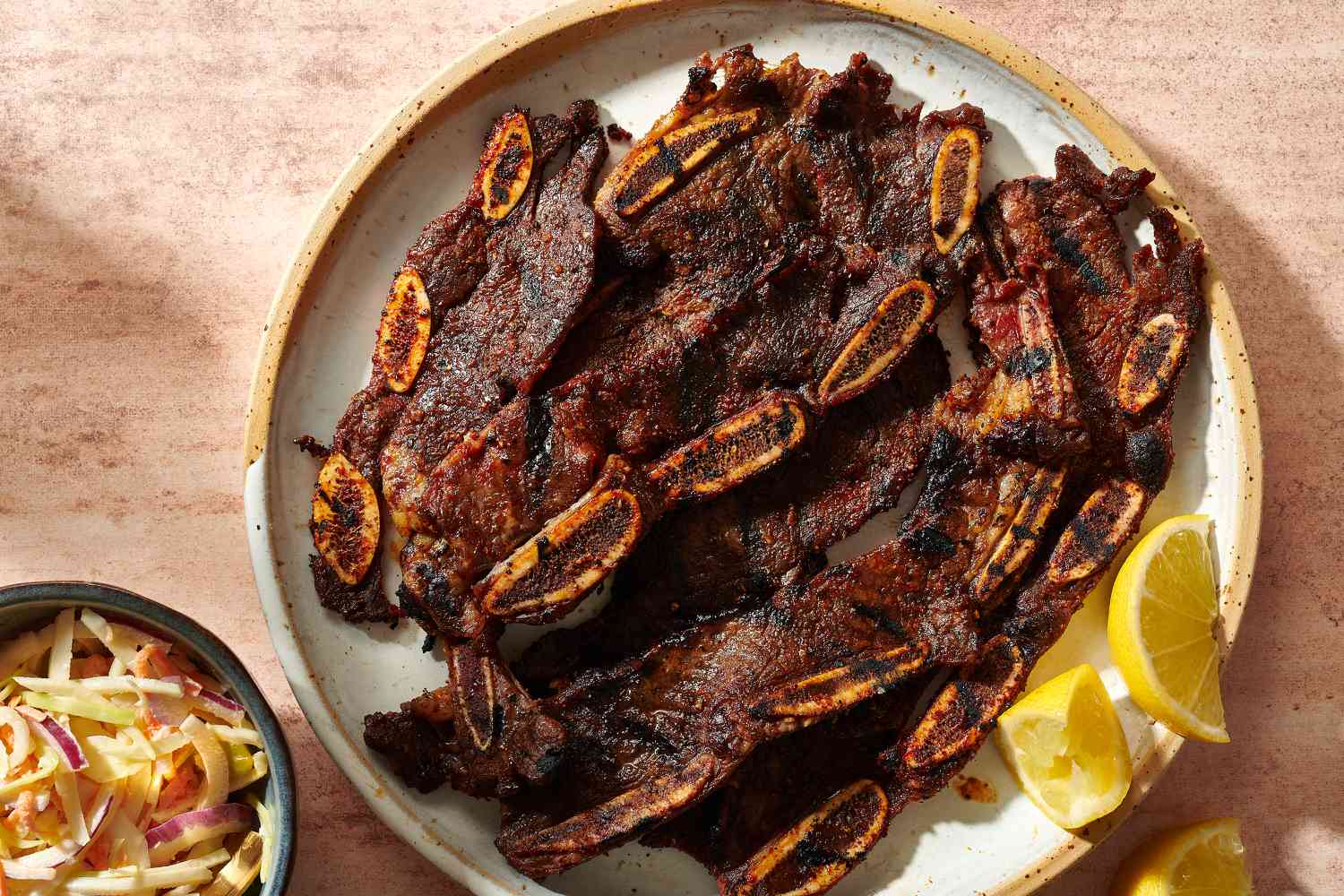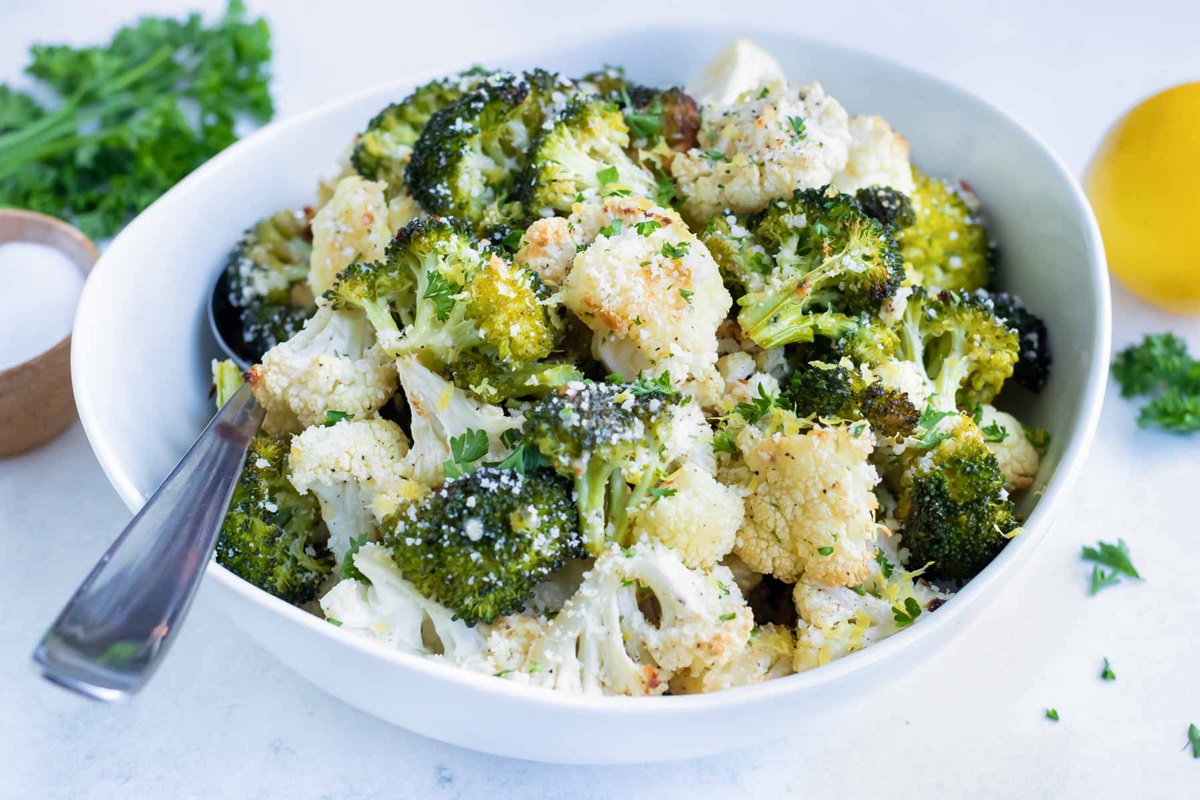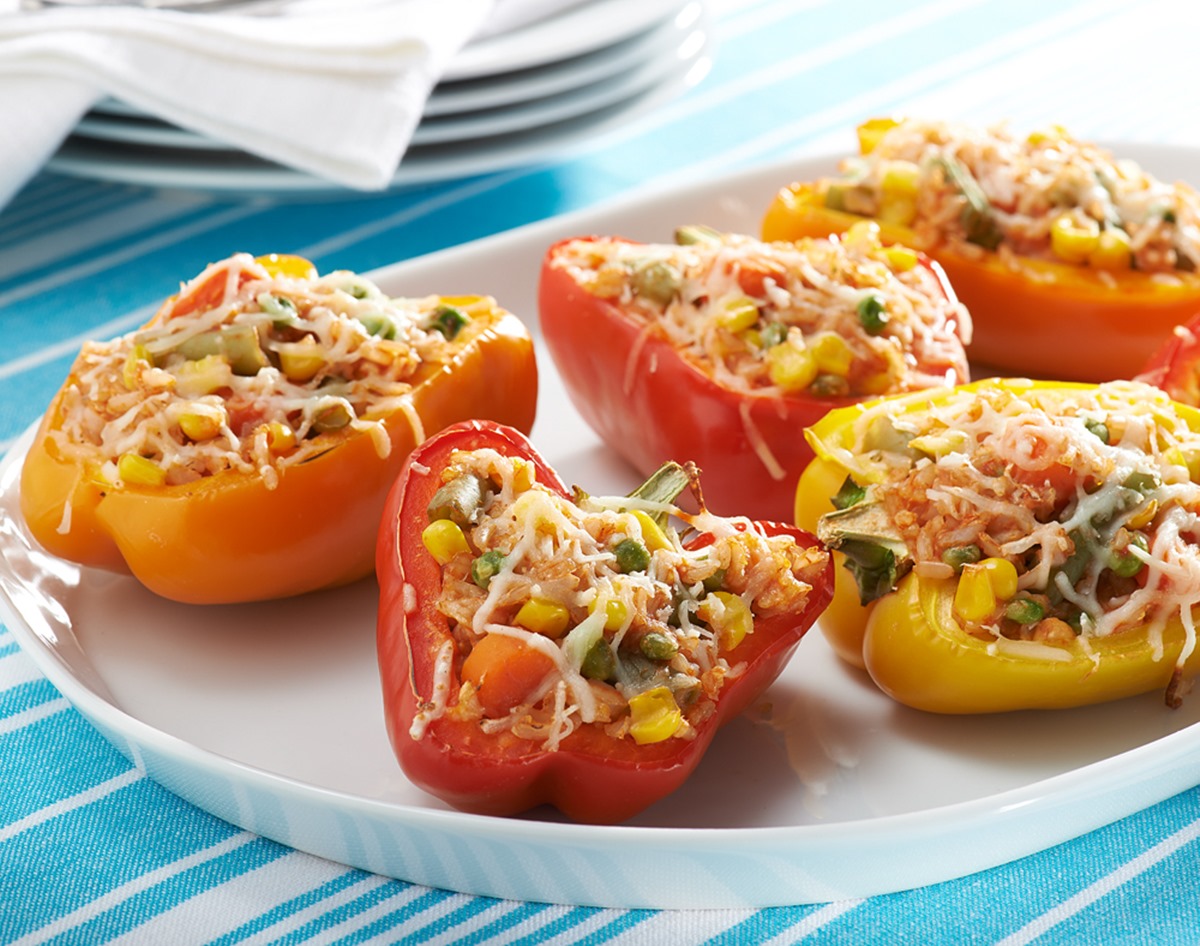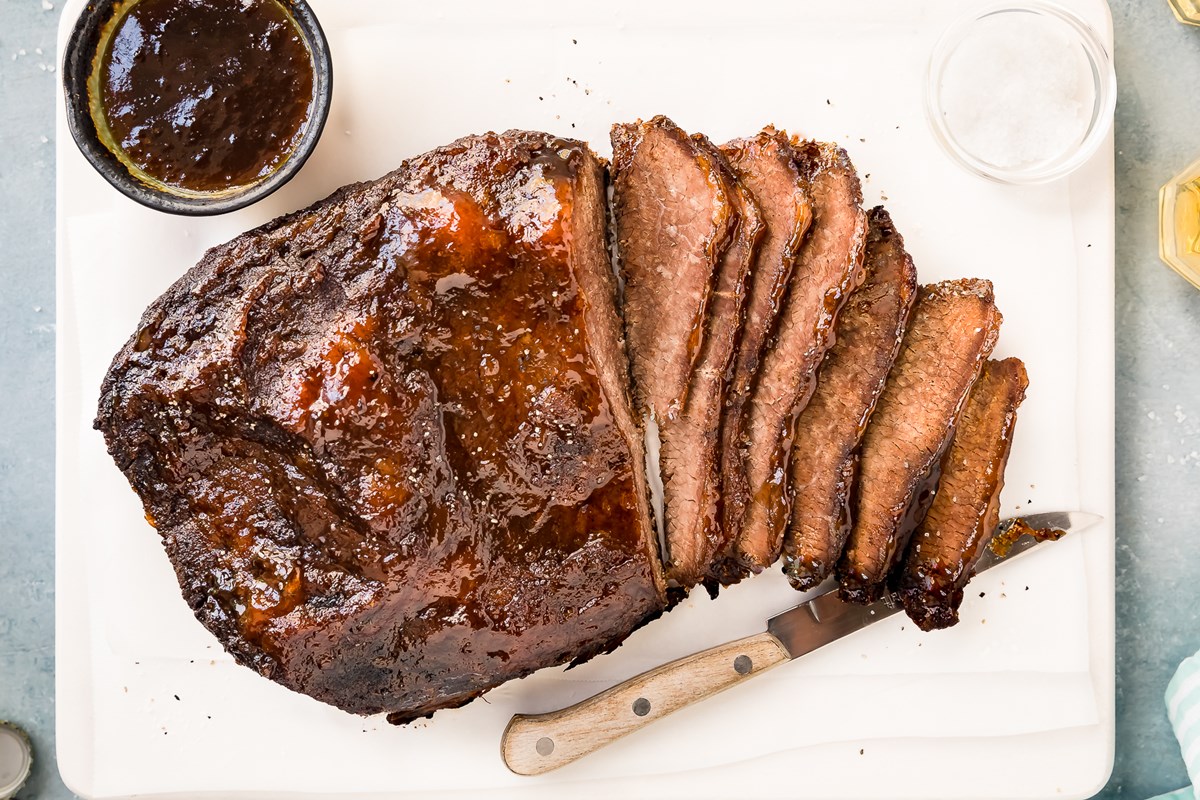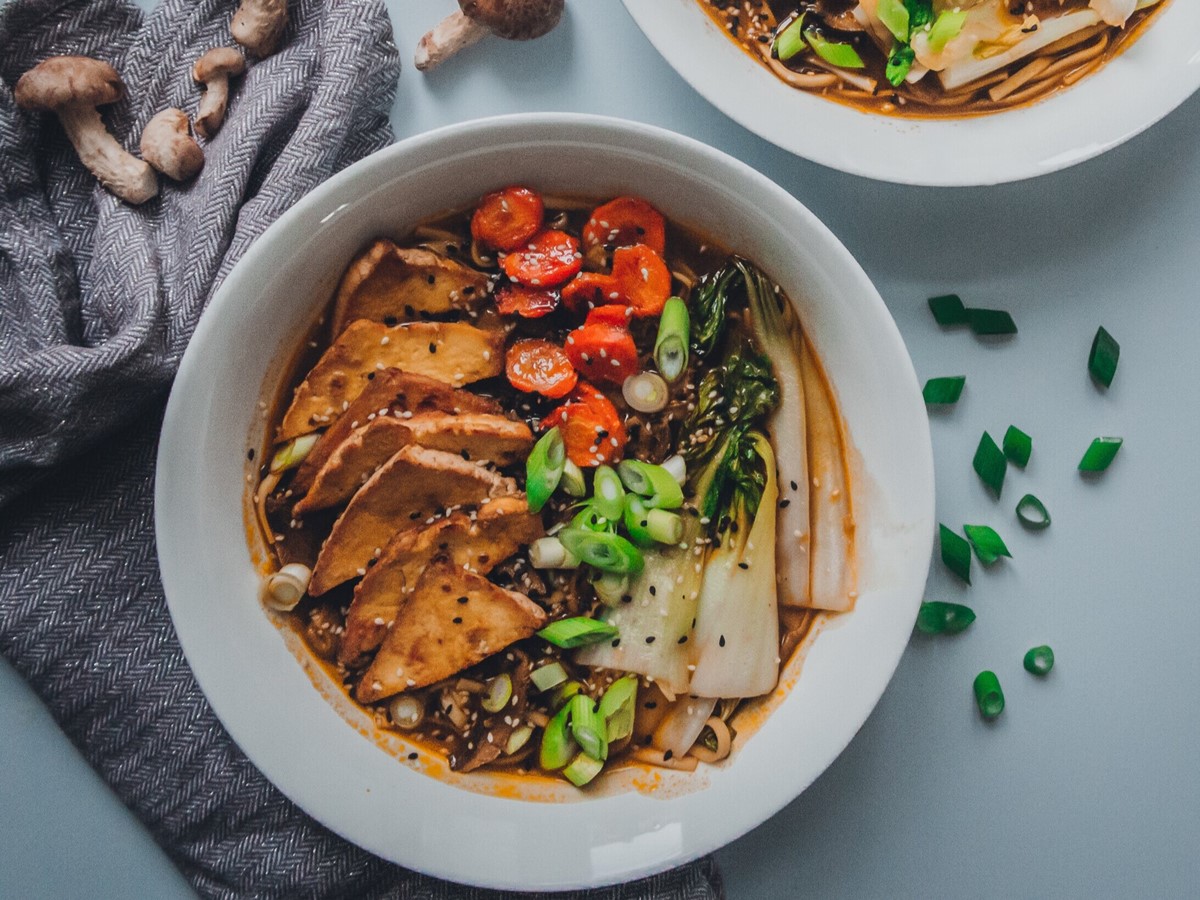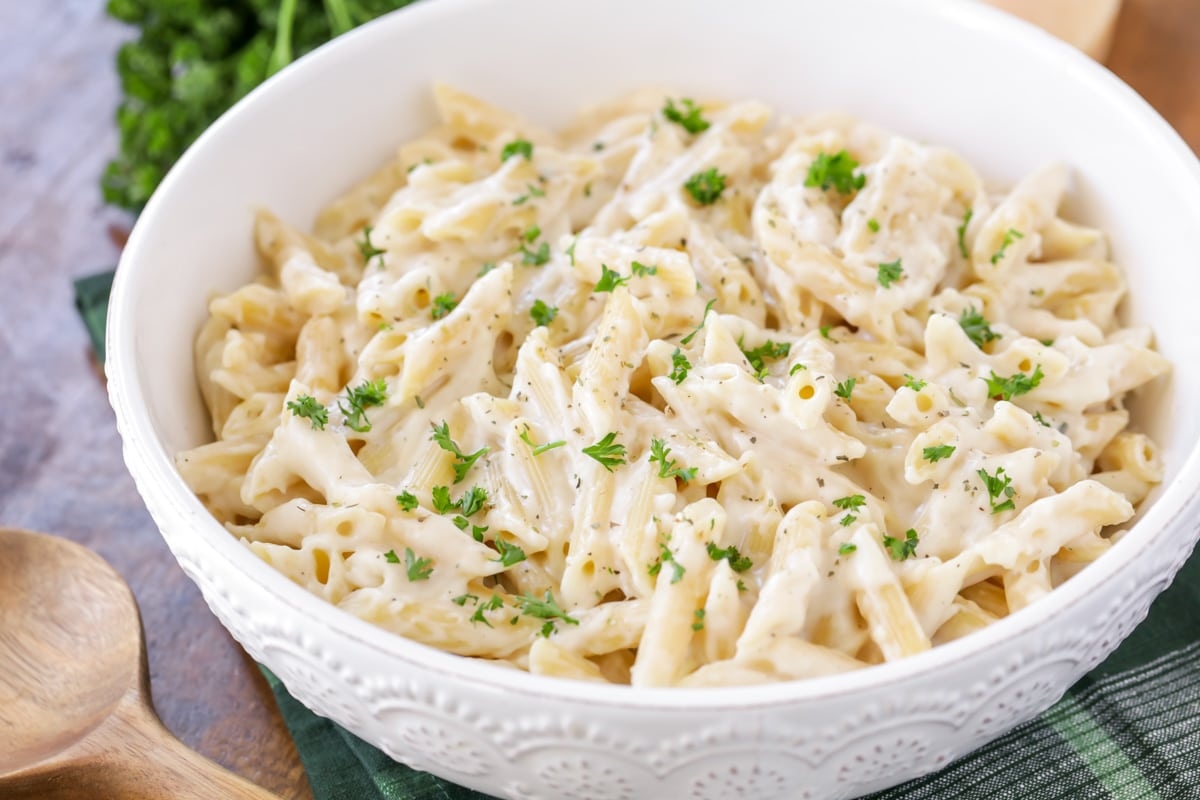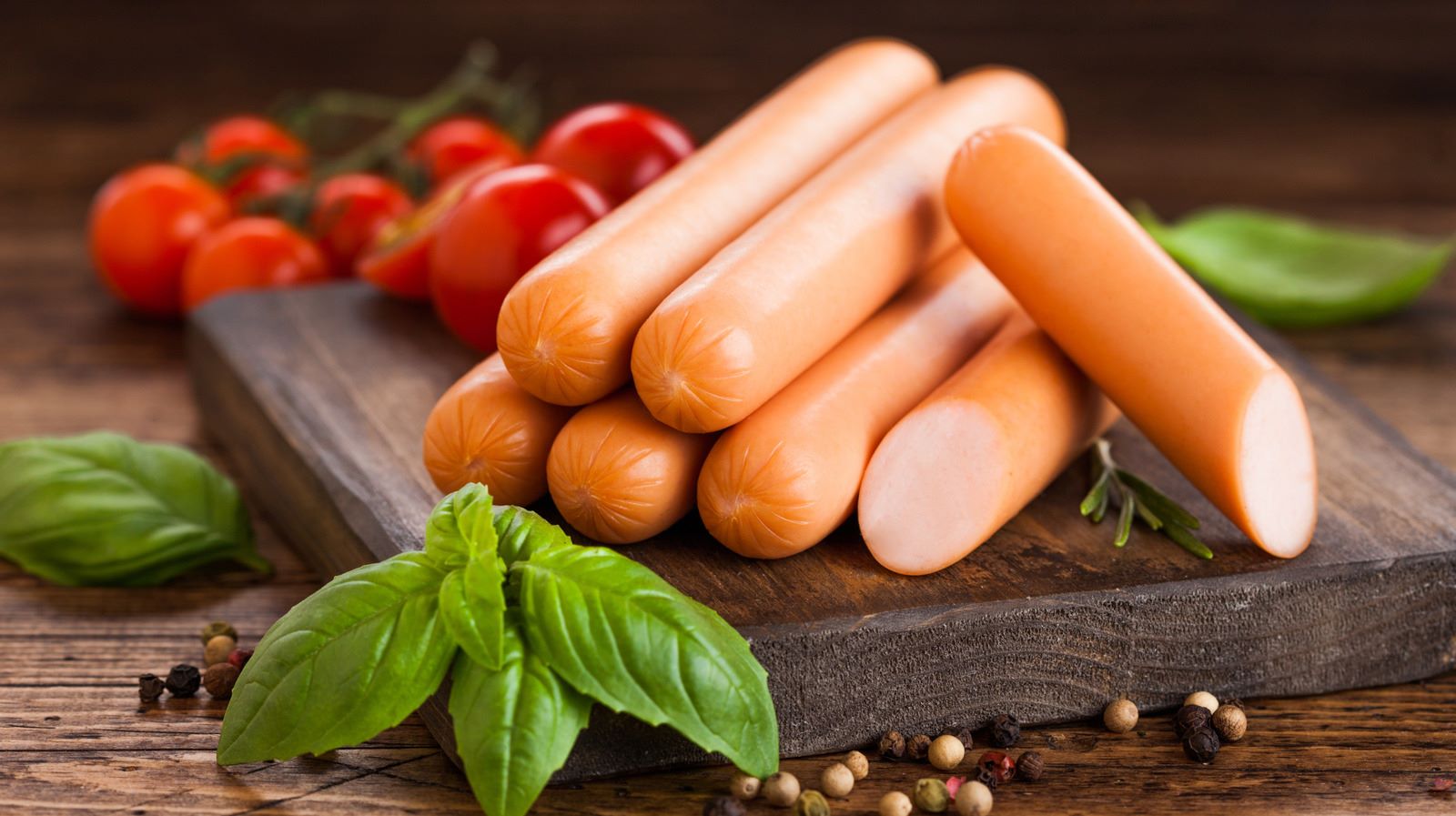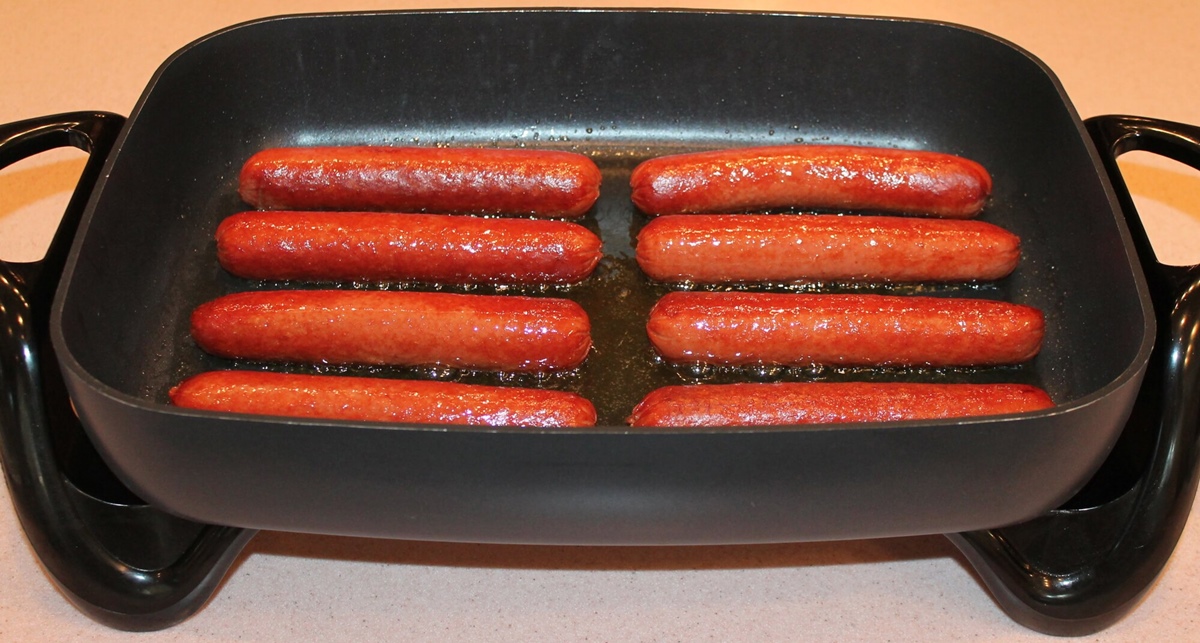How To Cook Garlic Cloves
Garlic cloves are a versatile ingredient that can enhance the flavor of any dish. Whether you’re a seasoned chef or a novice in the kitchen, we’re here to guide you through the process of cooking garlic cloves to perfection. In this article, we will explore different methods and share some tips and tricks to help you make the most out of this aromatic and flavorful ingredient.
1. Roasting Garlic Cloves
Roasting garlic cloves is a fantastic way to bring out their sweet and nutty flavor. Follow these simple steps to roast garlic cloves:
- Preheat your oven to 400°F (200°C).
- Take a whole head of garlic and cut off the top to expose the cloves.
- Place the garlic on a piece of foil, drizzle with olive oil, and sprinkle with salt and pepper.
- Wrap the foil tightly around the garlic to create a pouch.
- Put the pouch in the preheated oven and roast for about 30-40 minutes, or until the cloves are soft and golden brown.
- Remove from the oven, allow it to cool, and squeeze the roasted garlic cloves out of their skins. They’re now ready to be used in your favorite recipes.
2. Sauteing Garlic Cloves
Sautéing garlic cloves is a quick and easy way to add flavor to a variety of dishes. Here’s how to do it:
- Heat a small amount of olive oil or butter in a skillet over medium-high heat.
- Add the garlic cloves, either minced or sliced, to the hot oil or butter.
- Sauté for 1-2 minutes, stirring frequently, until the cloves become fragrant and slightly golden.
- Be careful not to burn the garlic, as it can become bitter.
- Once sautéed, you can use the garlic cloves as a base for sauces, stir-fries, or as a topping for roasted vegetables.
3. Steaming Garlic Cloves
Steaming garlic cloves is a great option if you want a milder and less pungent flavor. Follow these steps to steam garlic cloves:
- Peel the garlic cloves and place them in a steamer basket.
- Fill a pot with a small amount of water and bring it to a simmer.
- Place the steamer basket with the garlic cloves on top of the pot.
- Cover the pot and steam the garlic cloves for about 10-15 minutes, or until they are soft and tender.
- Once steamed, you can mash the garlic cloves to create a creamy spread or use them in soups, stews, or pasta dishes.
4. Adding Garlic Cloves to Recipes
Garlic cloves can be used in countless recipes to add a burst of flavor. Here are a few ideas:
- Mince garlic cloves and add them to sauces, marinades, or dressings.
- Slice garlic cloves and sauté them with vegetables for a delicious side dish.
- Crush garlic cloves and mix them with butter to create a flavorful garlic butter.
- Pickle garlic cloves to use as a tangy and crunchy topping for salads or sandwiches.
- Blend roasted garlic cloves with chickpeas, lemon juice, and tahini to make a creamy and delicious hummus.
Now that you know how to cook garlic cloves in various ways, it’s time to get creative in the kitchen and explore all the tasty dishes you can create with this versatile ingredient. Whether you prefer the bold flavor of roasted garlic or the subtle taste of steamed garlic, there’s a method to suit every palate. So go ahead, unleash your inner chef, and let the delicious aroma of garlic fill your home!
Using the guide on how to cook garlic cloves, readers can enrich their meals with recipes like Roasted Garlic Mashed Potatoes and Garlic Herb Roasted Potatoes for a comforting side dish. For a burst of flavor in appetizers, Roasted Garlic and Tomato Bruschetta is a must-try. Main courses such as Garlic Lemon Chicken and Creamy Garlic Mushroom Chicken offer hearty, flavorful options. Don't miss the chance to experiment with Garlic Butter Pasta or Garlic Parmesan Roasted Vegetables for a delicious twist to your pasta and veggie dishes.
Was this page helpful?
Read Next: How To Cook Spinach Without Losing Nutrients
